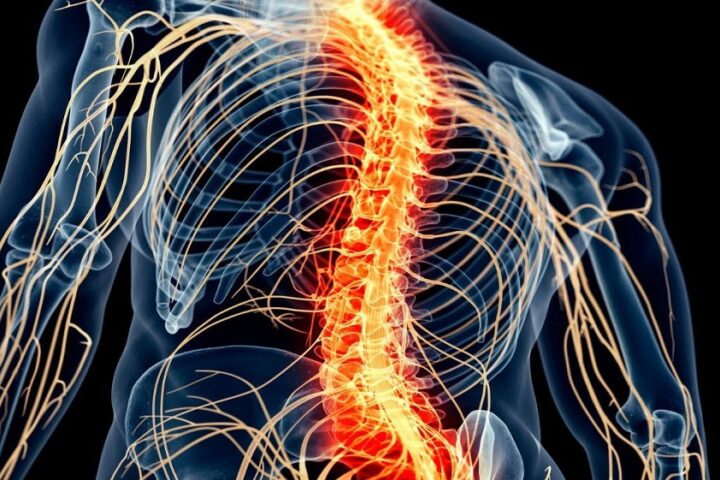Since the CDC issued its practice guideline on prescribing opioids for chronic pain in 2016, the number of prescriptions for opioids has decreased. However, the use of alternative therapies does not seem to have replaced opioids in chronic pain management strategies.
Every year, new spine technologies like robotics, laser spine surgery, or polye the rether ketone rods are introduced that promise instant relief and freedom from chronic pain. An innovative pain management treatment that has proved effective is spinal cord stimulation, which is available at pain management clinics like the Texas-based Lone Star clinic.
What Is Spinal Cord Stimulation?
Spinal cord stimulation (SCS) is a minimally-invasive treatment where a device is implanted inside the body and used to block pain signals to the brain in order to relieve chronic back pain from persistent spinal pain syndrome (PSPS) – also known as failed back surgery syndrome (FBSS).
Pain management doctors have traditionally treated PSPS with opioid medications “with somewhere between 40% and 60% of individuals experiencing only partial pain relief”. Most patients who benefit from SCS have not experienced pain relief with:
- medications
- less-invasive therapies
- prior surgeries.
SCS has also proven effective in the treatment of diabetic neuropathy – a condition that occurs when nerves in the hands, legs, and feet are damaged by high glucose levels and consequently cause intense pain that does not respond to medication.
A spinal cord stimulator, also known as a neurostimulator, is implanted in two stages: a trial implantation, followed by permanent implantation if the patient experiences at least a 50% decrease in pain levels.
When Should a Spinal Cord Stimulator be Used on Me?
Aside from persistent spinal pain syndrome and diabetic neuropathy, a spinal cord stimulator could be used on you to manage chronic pain such as:
- post-surgical pain
- arachnoiditis
- heart pain (angina)
- peripheral vascular disease
- complex regional pain syndrome
- pain after an amputation
- visceral abdominal pain
- perineal pain.
Your primary care physician or pain management doctors usually recommend SCS with other treatments like exercise, medication, physical therapy, and relaxation methods.
Can I Stimulate My Spinal Cord by Myself?
You can stimulate your spinal cord by yourself once a trial stimulator or a permanent device has been implanted. It will require a little practice to get used to your stimulator and learn how to maintain and charge it.
There are three types of neurostimulators currently used for pain management:
- Conventional implantable pulse generator (IPG)
- Rechargeable IPG
- Radiofrequency stimulator.
Conventional IPGs are ideal for patients who experience pain in one part of the body. This stimulator requires another surgery to replace the device’s battery once it has run out.
Rechargeable IPGs function like conventional ones and can be recharged without a surgical procedure. These devices put out more power and are ideal for pain in the lower back as well as one or both legs.
The battery of a radio frequency stimulator rests outside the body and comes with rechargeable batteries. This technology is progressively being replaced with conventional and rechargeable IPGs.
Once a spinal cord stimulator has been implanted, your doctor will explain how to use the device once you are home. The instructions will be similar to the ones provided in this video.
You may need to reorganize and plan your home for easy access in the bathroom or around the kitchen. You’ll also learn how to move differently and more carefully to keep the implant safe and secure.
Final Thoughts
Until artificial intelligence can accurately predict whether spinal cord stimulation will effectively manage chronic pain, you can rely on experts like the physicians and staff at Lone Star Pain Medicine.




